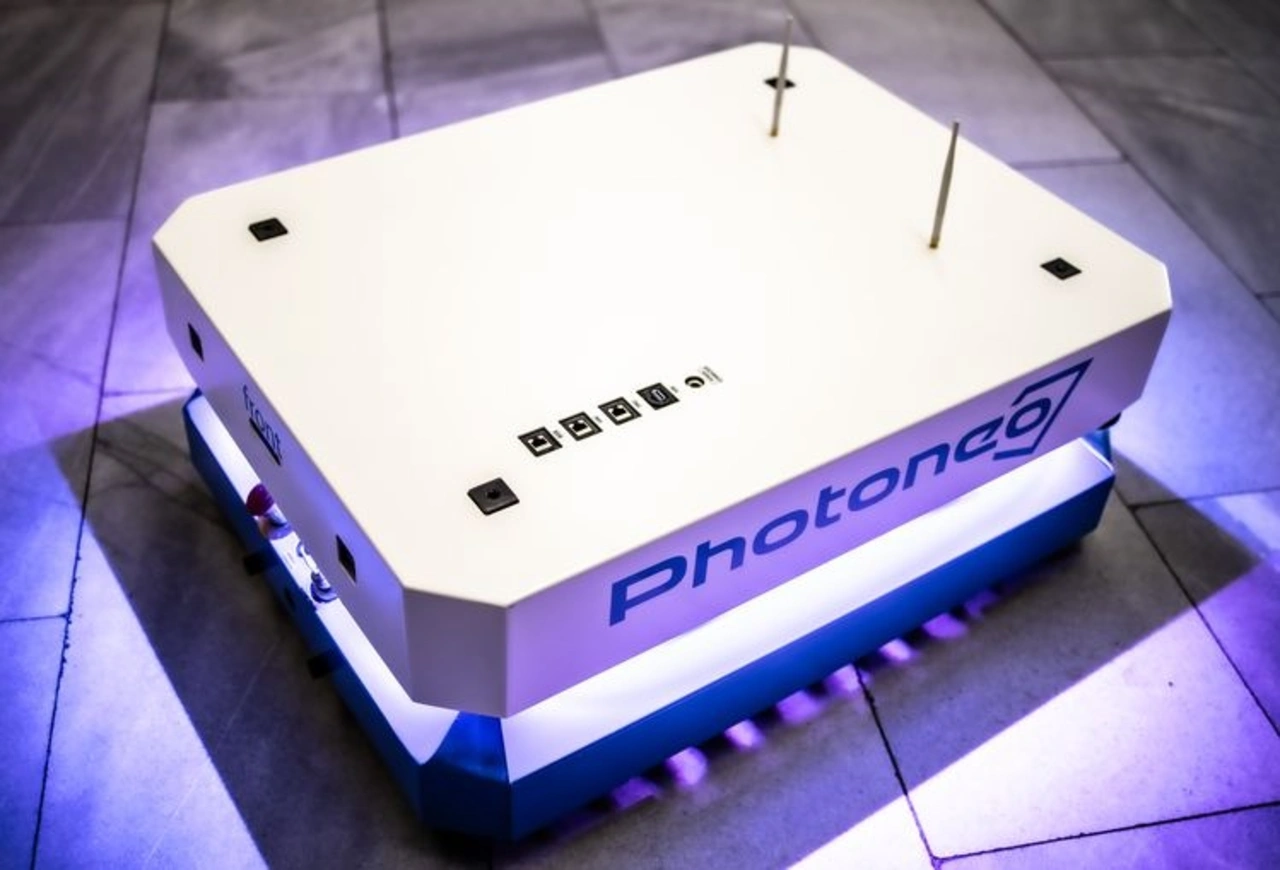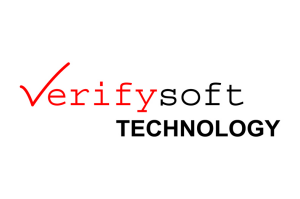Robots in medical applications
Helpers in the fight against the Coronavirus
Fortsetzung des Artikels von Teil 1
Also for airports, schools or offices

"The UVD robot supports the cleaning personnel in their work," says Claus Risager. For safety reasons, the devices work independently in the rooms and automatically switch off the UV-C light as soon as someone enters the room. The collaborative robot can be used in a wide variety of rooms - not only in hospitals. The technology also works in offices, shopping centres, schools, airports and production facilities.
"The potential of robots to help us in the current severe corona pandemic is enormous," emphasizes Dr. Susanne Bieller, General Secretary of the IFR. "They support us in the healthcare sector, but also in the development, testing and production of drugs, vaccines and other medical devices and expedients". Disinfection tasks such as those performed by the UVD robot or the safe distribution of hospital material in quarantine zones without human contact, which is performed for example by the autonomous robot vehicle "Phollower 100" from the Slovakian manufacturer Photoneo are just two of many examples.
Medical robots now form a separate, well-established service robot market with considerable growth potential. In 2018, sales of medical robots increased by 50 percent to 5100 units compared to the previous year. This is according to the "World Robotics Report" presented by the IFR.
- Helpers in the fight against the Coronavirus
- Also for airports, schools or offices





